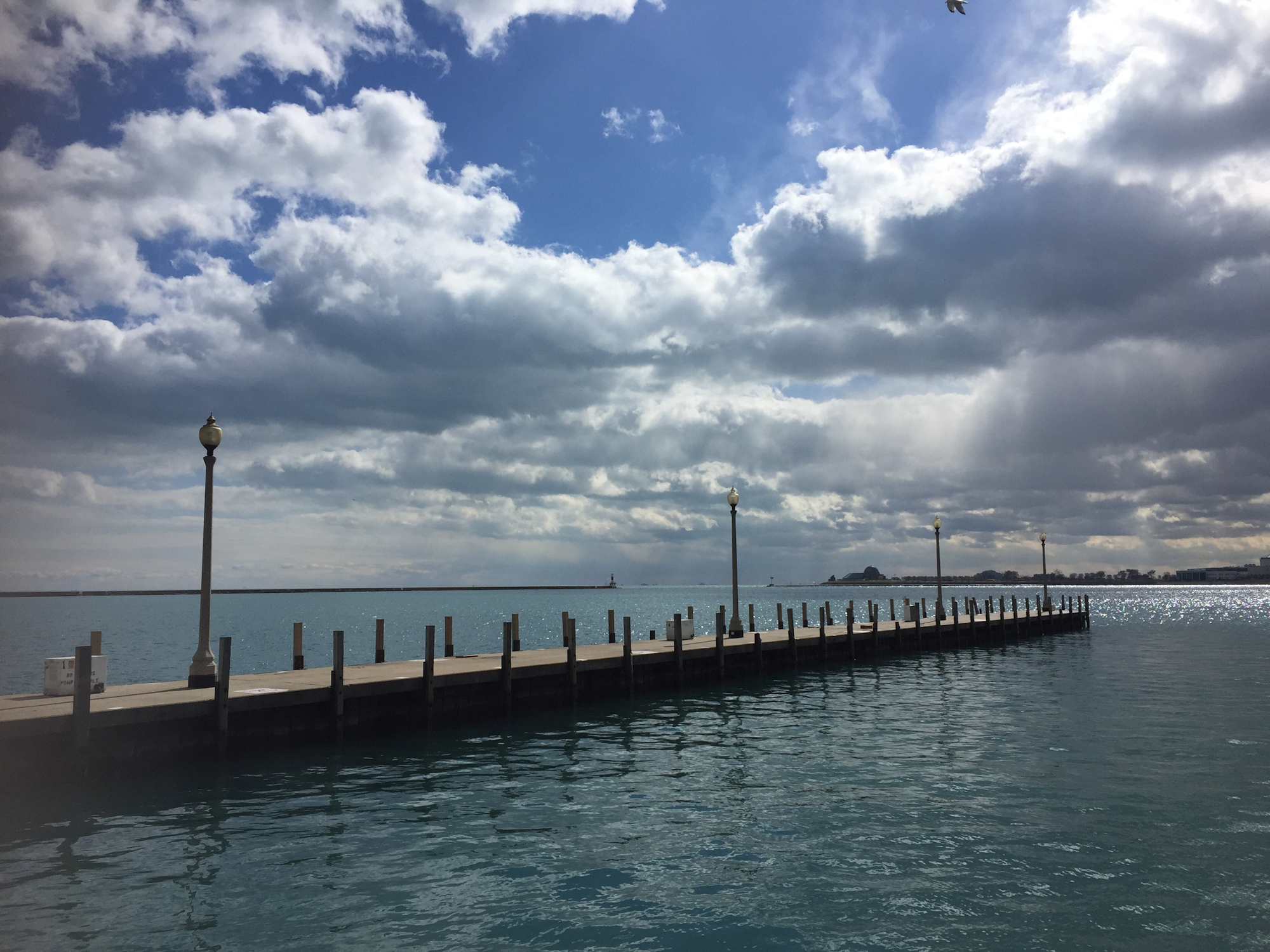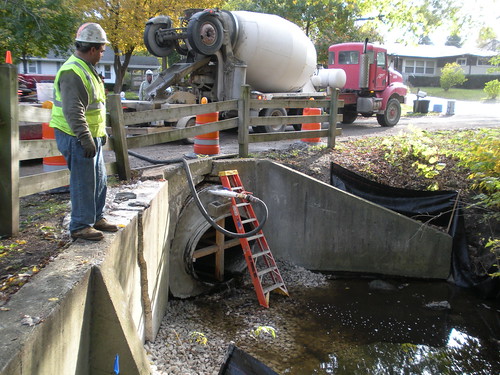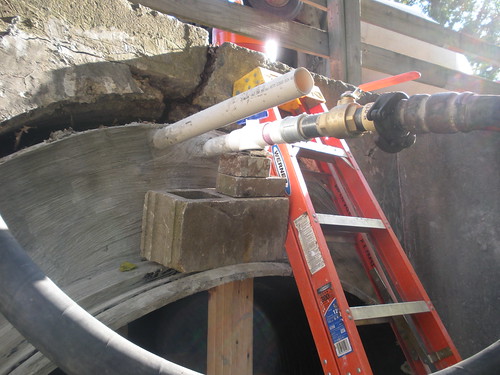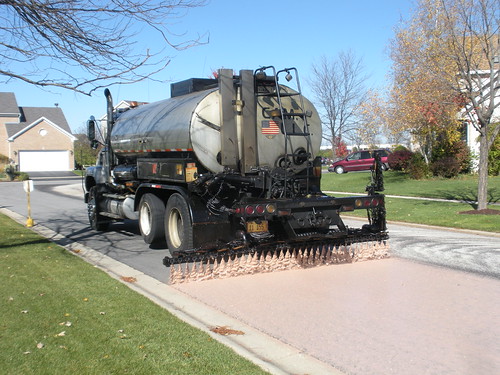Day 63 – Happy Halloween!
Culvert Lining Project
Today I spent the day mostly troubleshooting some problems. The concrete subcontractor for the culvert project was on site. From what I was told by the project engineer, there seemed to be some confusion over what was to be done for the concrete headwall replacement. In a way it didn't surprise us because we had been wondering about the work too. We used a consultant to design the plans because of this structural component of the job. So we relied on their design for this work. However, we were surprised the plans showed little detail for this work. The consultant had provided a short special provision, but no drawing. Right before bidding, we added a detail on our own just because we thought the contractor would need some designation showing what was to be removed and replaced.
So today I called the consultant to ask if he would please explain to the contractor the structural design because as of today, the contractor had nothing to go on and was basically designing it as he formed it. And of course, we didn't think this was a good idea since he obviously was not a structural engineer nor was he performing any type of calculations. The consultant seemed to think the contractor should have designed the wall and submitted the design to us for approval. I didn't remember discussing this nor did I remember seeing this in the specs. And I did remember we had a cost set aside in the consultant's contract for structural design. And once the bid was approved, the consultant had billed the full amount for the project. So I imagined the structural work had been done.
Fortunately the consultant did send me a sketch by the end of the day showing the design, but unfortunately for some reason he had only designed and shown the headwall from about the midpoint of the pipe to the top. So I emailed him back to ask if he could please provide the design for the other half of the wall. Hopefully we will get the rest of the design tomorrow so the contractor can come back and finish the project.
After all that, we started wondering if we would have been better off designing the project in house and sending out just the structural part to a structural engineer. Then we could have more direct control over the design and would just be incorporating his design into the plans we develop.
Public Works Meeting
We also had our public works monthly meeting with the superintendents. We couldn't spend as much time going over everything like we normally do because a few of them had a meeting following this one, and we spent most of the meeting dicussing finances with our finance director. He was invited so we could ask questions about the budget to help us better understand how to track and code our invoices.
I also learned at the meeting that the whole state of Illinois is now considered to be in quarantine for the EAB so we can transport Ash tree logs/branches anywhere in the state. From what I understand they cannot be taken across state lines.
In this meeting I also asked about fixing another problem we have noticed. It's a small hole developing in a pavement that was built a few years back. Although it looked like at first we had no utilities there, after checking the plans, it now looks like it could be at the location of where an old inlet was supposed to have been removed and abandoned. It was decided to dig it up and see why it is failing – although we are not sure yet, some reasons could be the contractor never did properly remove it, or he did and failed to properly compact the fill. It was a project inspected by a consultant so we have no records showing exactly what was done.
Parking Lot Project
Today we heard from the consultant we have designing the lighting for our parking lot. After trying a few different types of lights, he has not been able to find a light that meets the city's photometric requirements. At this point, the only thing I can think of doing is to ask a lighting vendor to pick something out. That's what I used to do where I worked before so I'm hoping tomorrow we can call a few and ask them to help figure out what lights will work best for our lot.
Utility Permit
Finally, I received a call at the end of the day from a business downtown because they were concerned that a utility company was installing an underground conduit on private property without permission. I had signed a permit for the utility to do the work which included running a line down a portion of the city's alley, then turning to run through the property of the customer asking for service. Because the utility is responsible for making sure they are on the right property, I told the person calling that I would contact the utility and let them know they need to make sure they are on the right property. And when I called, the permit coordinator told me his manager was already on his way to the site.






